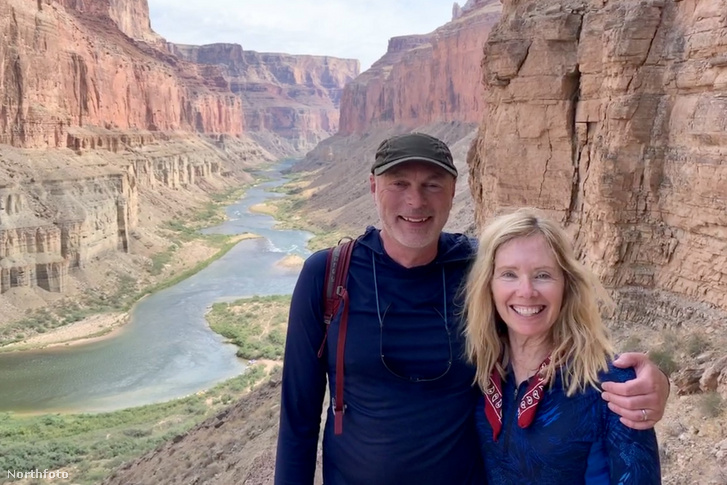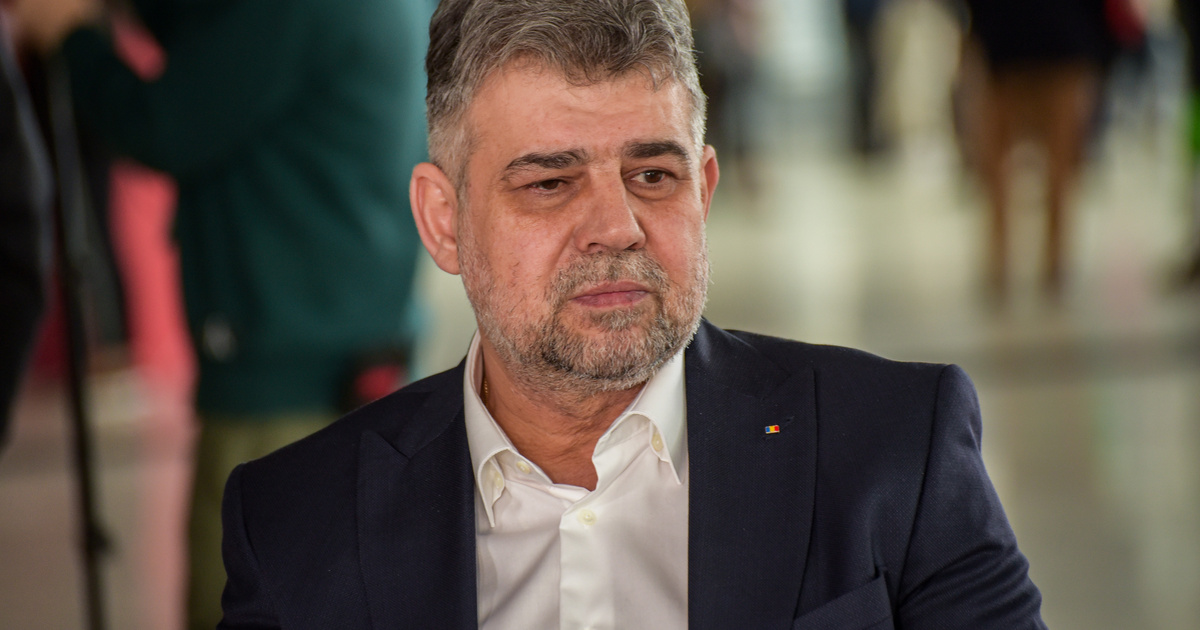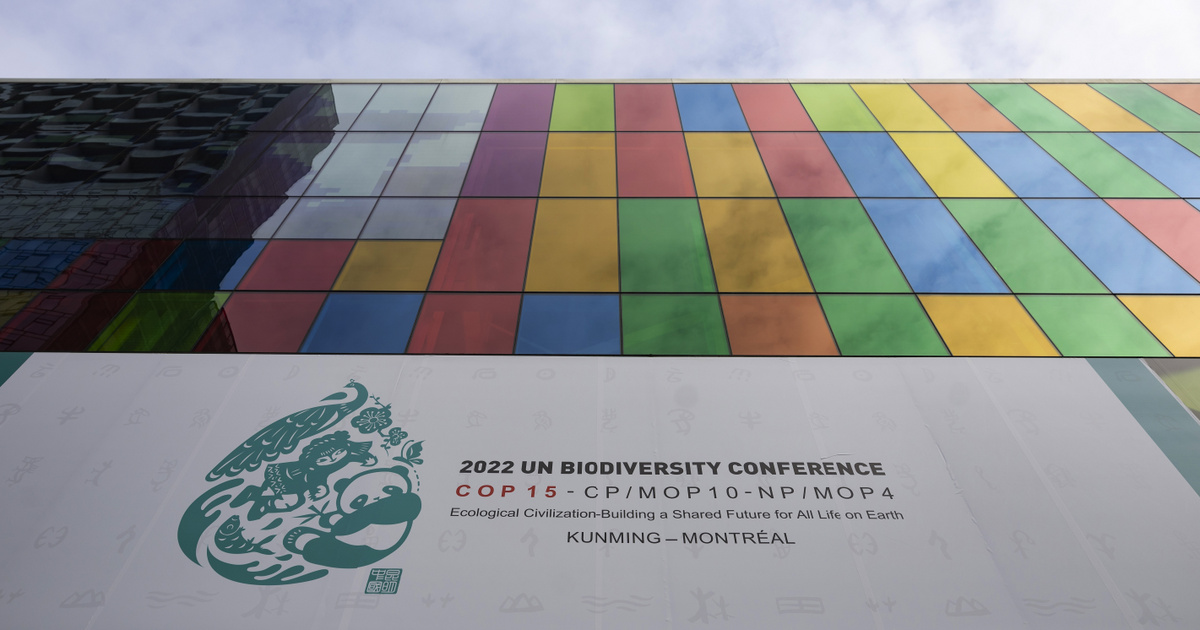A landmark agreement was reached Monday at the United Nations Biodiversity Summit (COP15) in Montreal. In addition to protecting the land and oceans, the agreement also deals with financing the protection of biodiversity in the developing world. COP15 ends on Tuesday in the Canadian city. China, the co-chair of the summit, submitted a draft agreement early Monday that provides the necessary impetus for the agreement.
The agreement guarantees the protection of 30 percent of lands and waters important for biodiversity until 2030. Currently, 17 percent of lands and 10 percent of seas are under protection.
According to Brian O’Donnell, director of the conservation group Conservation for Nature, by agreement
It opens up the opportunity to protect the diversity of the living world from collapse.
As mentioned, according to scientists, we are already on the path that could cause serious change in biodiversity.
Based on the draft agreement, $200 billion must be raised from various sources by 2030 to protect biodiversity. Another $500 billion will be raised for this purpose by phasing out or reforming other subsidies.
As part of the financial package, they want to increase the funds allocated to poor countries to at least $20 billion annually by 2025, which is twice the current funding, and by 2030 the amount will be increased to $30 billion annually.
Not ambitious enough?
The majority of ministers and government officials from the 190 countries participating in COP15 agreed that protecting biodiversity should be a priority, and many compared efforts to that end to the climate change negotiations that concluded in Egypt in November.
According to a 2019 estimate, one million species of plants and animals could become extinct within decades due to climate change, habitat loss, and environmental pollution. The world’s eight billion people regularly use about 50,000 wild species, and every fifth person depends on these species for food and income.
An important element of the agreement is that it recognizes the rights of indigenous communities and wants to ensure that they can be part of the decision-making process.
But the New York-based nonprofit Wildlife Conservation Society (WCS) and other environmental groups have expressed concern that the project has pushed species extinctions to 2050. extinctionTo prevent this, and to preserve the integrity of the ecosystems and preserve the genetic diversity within the population, because they believe it is not ambitious enough.












































